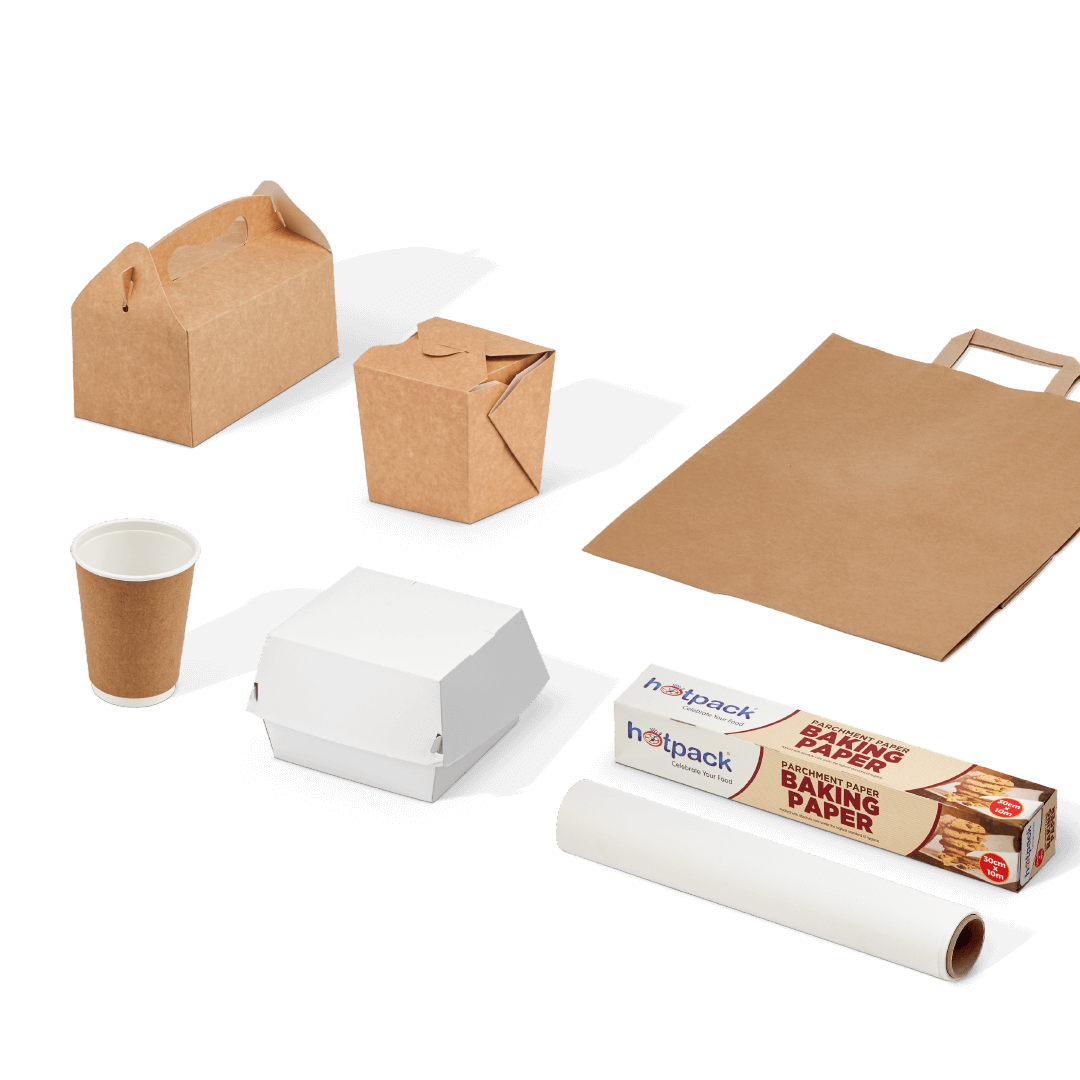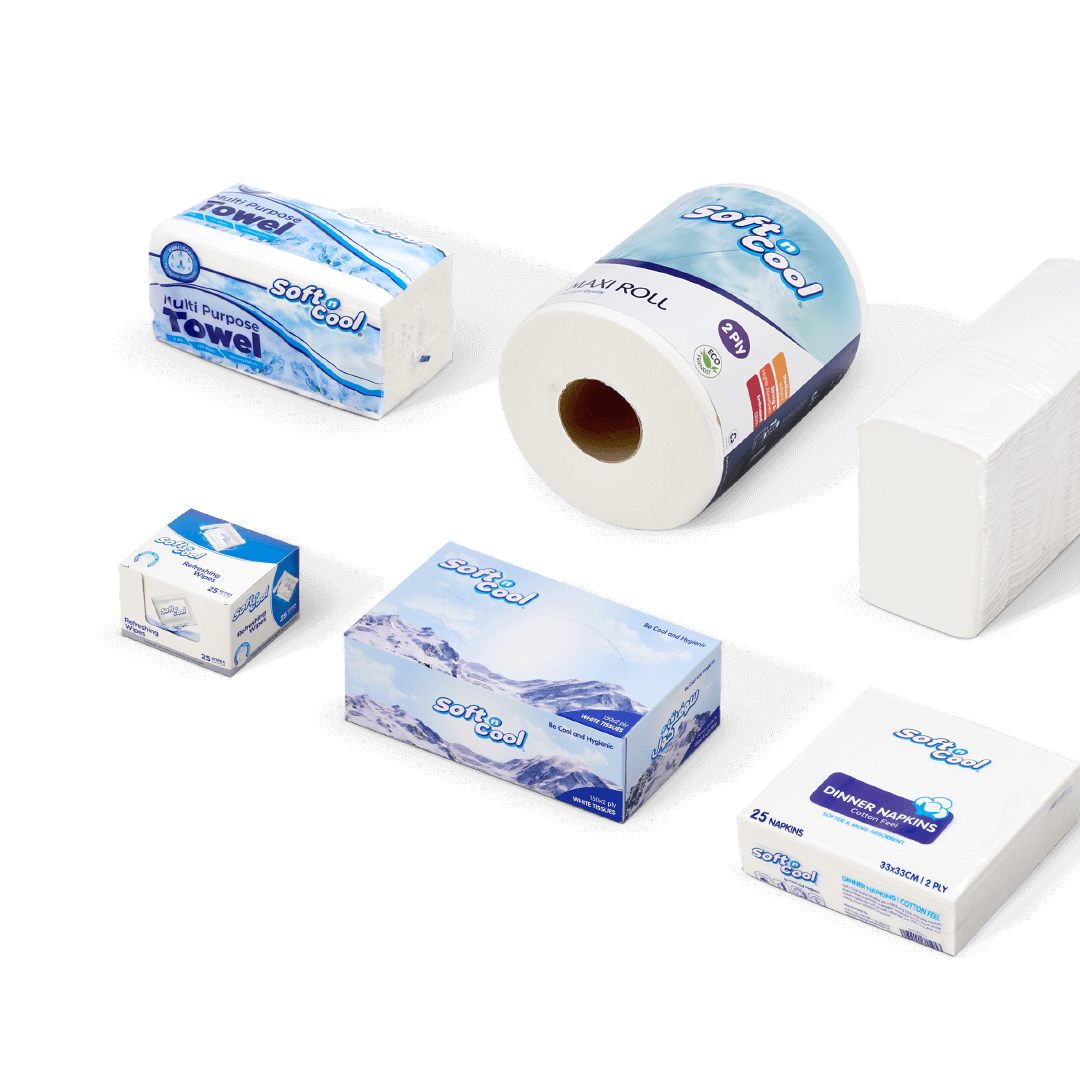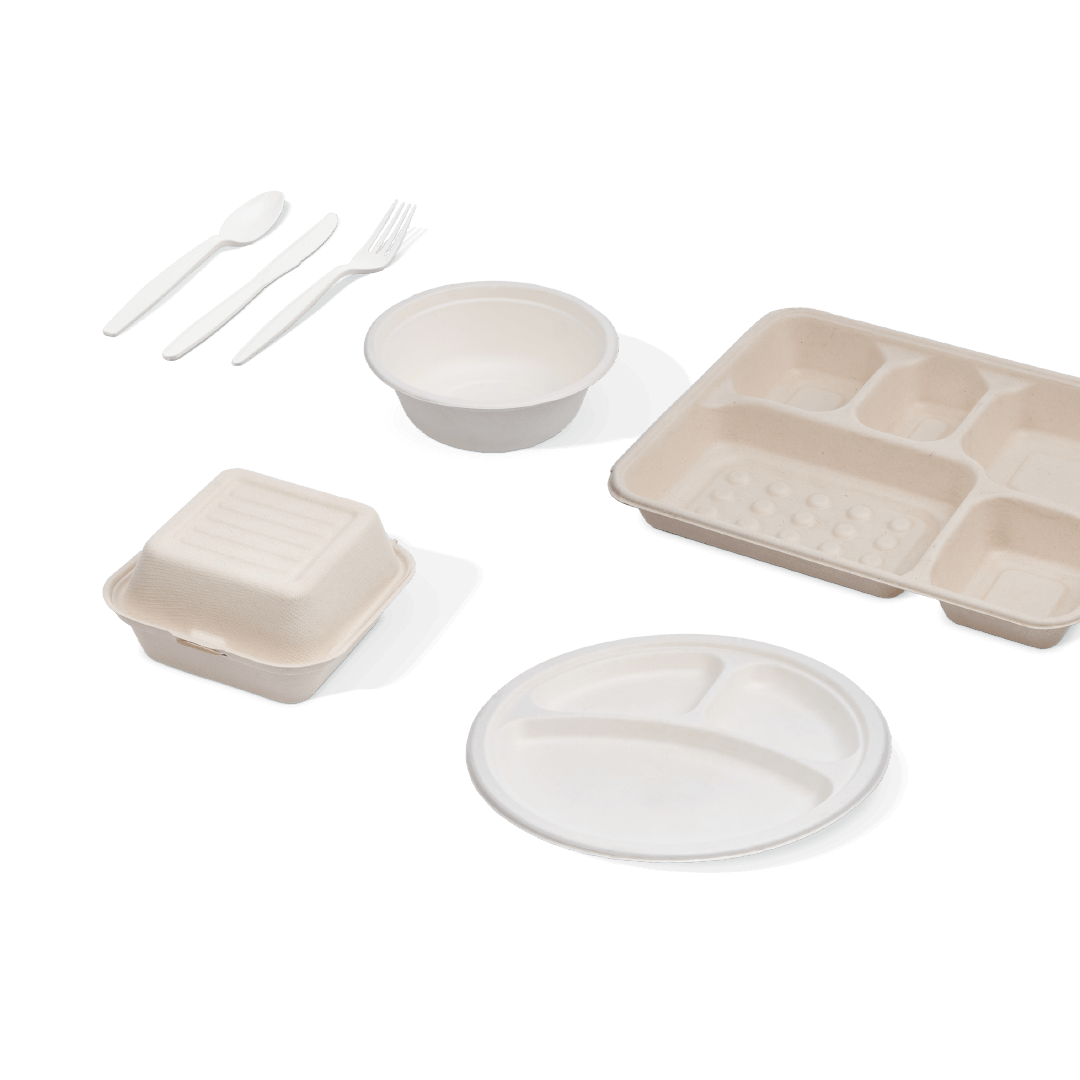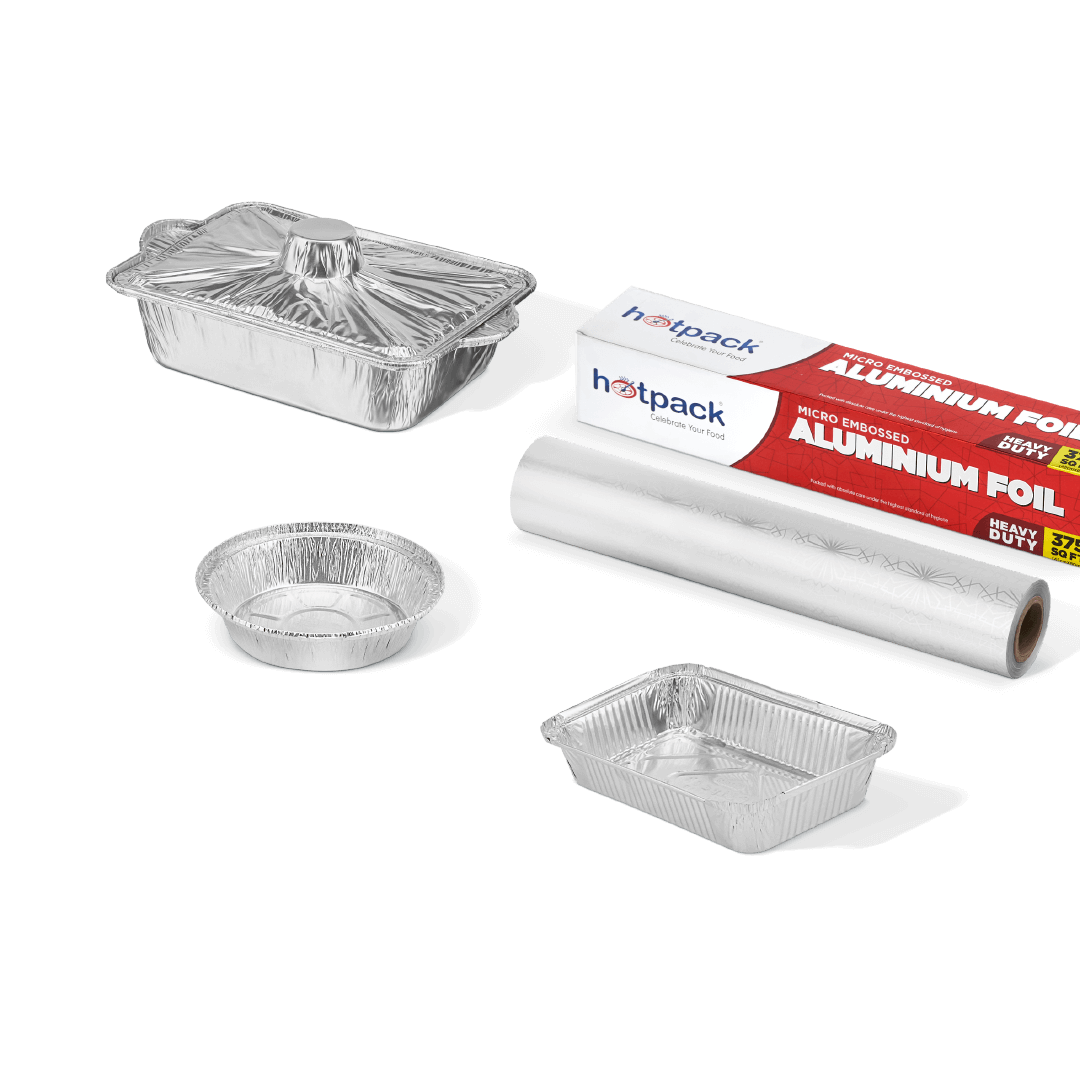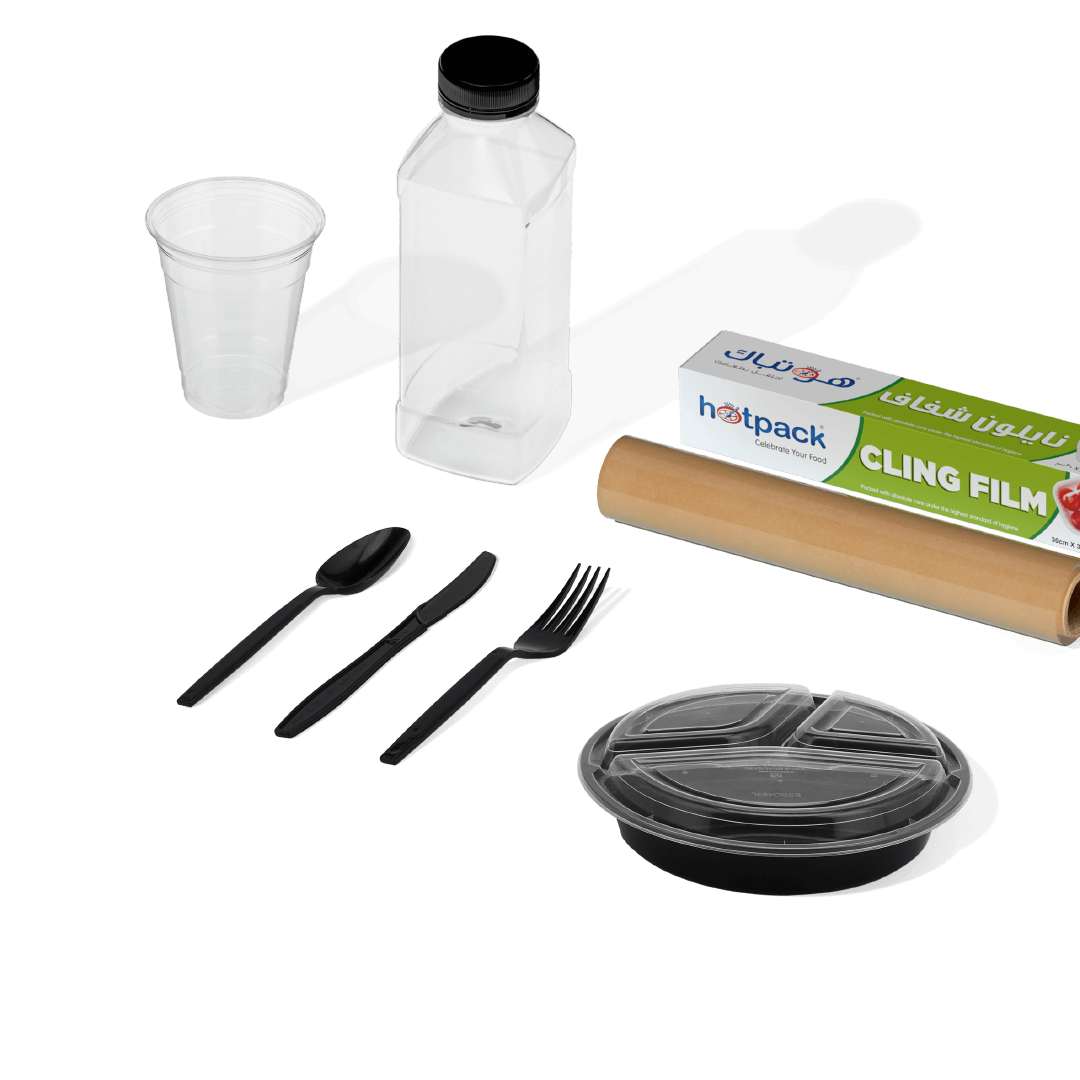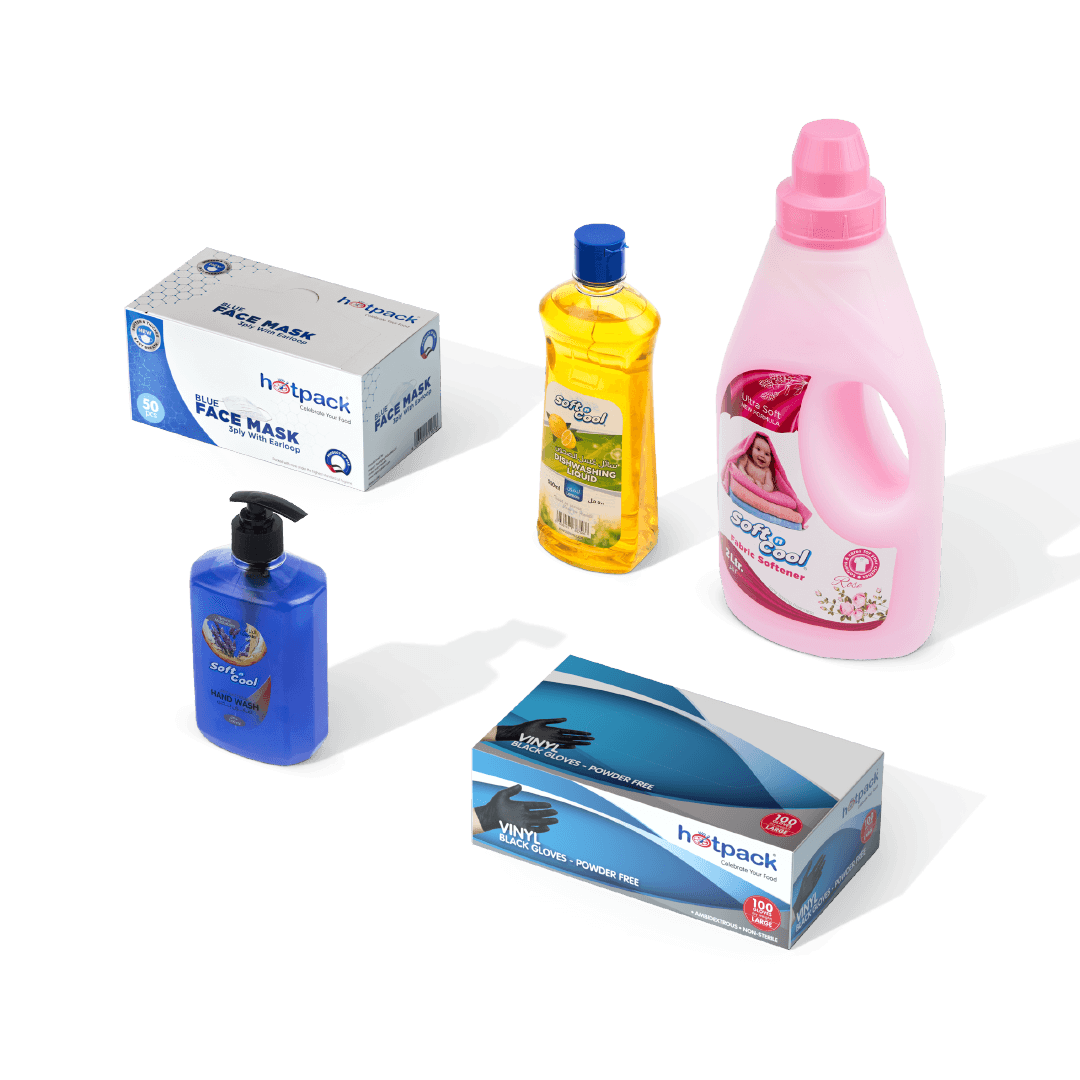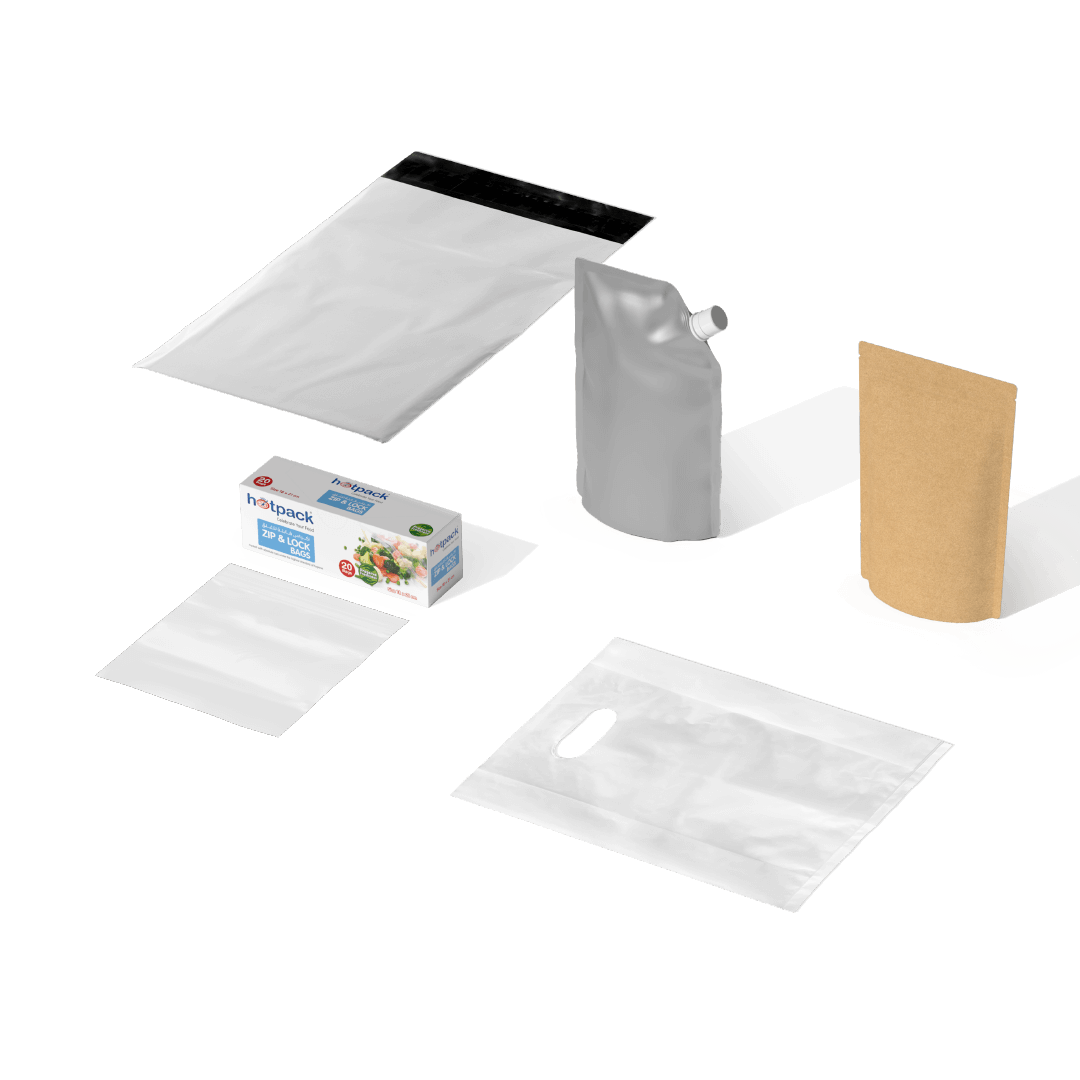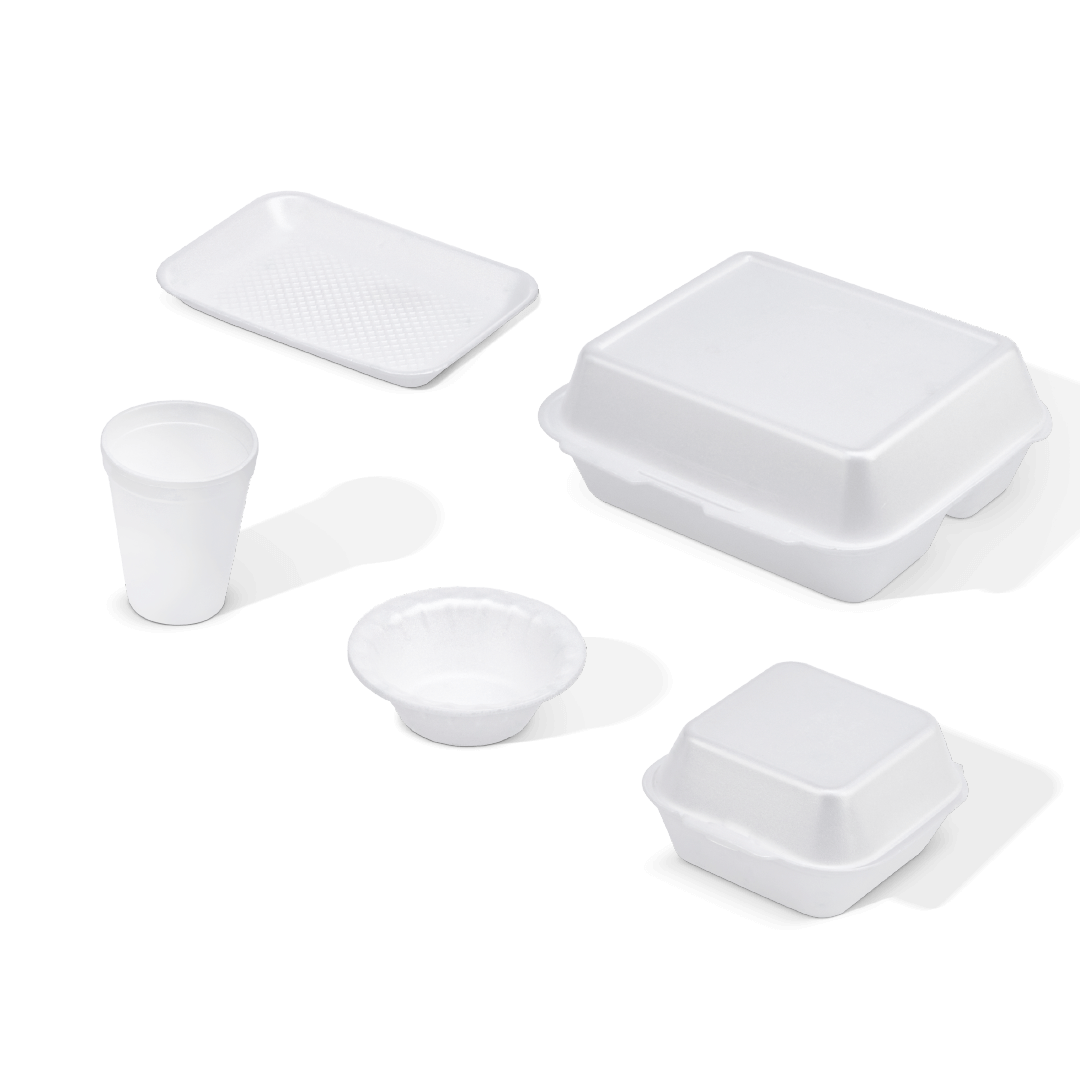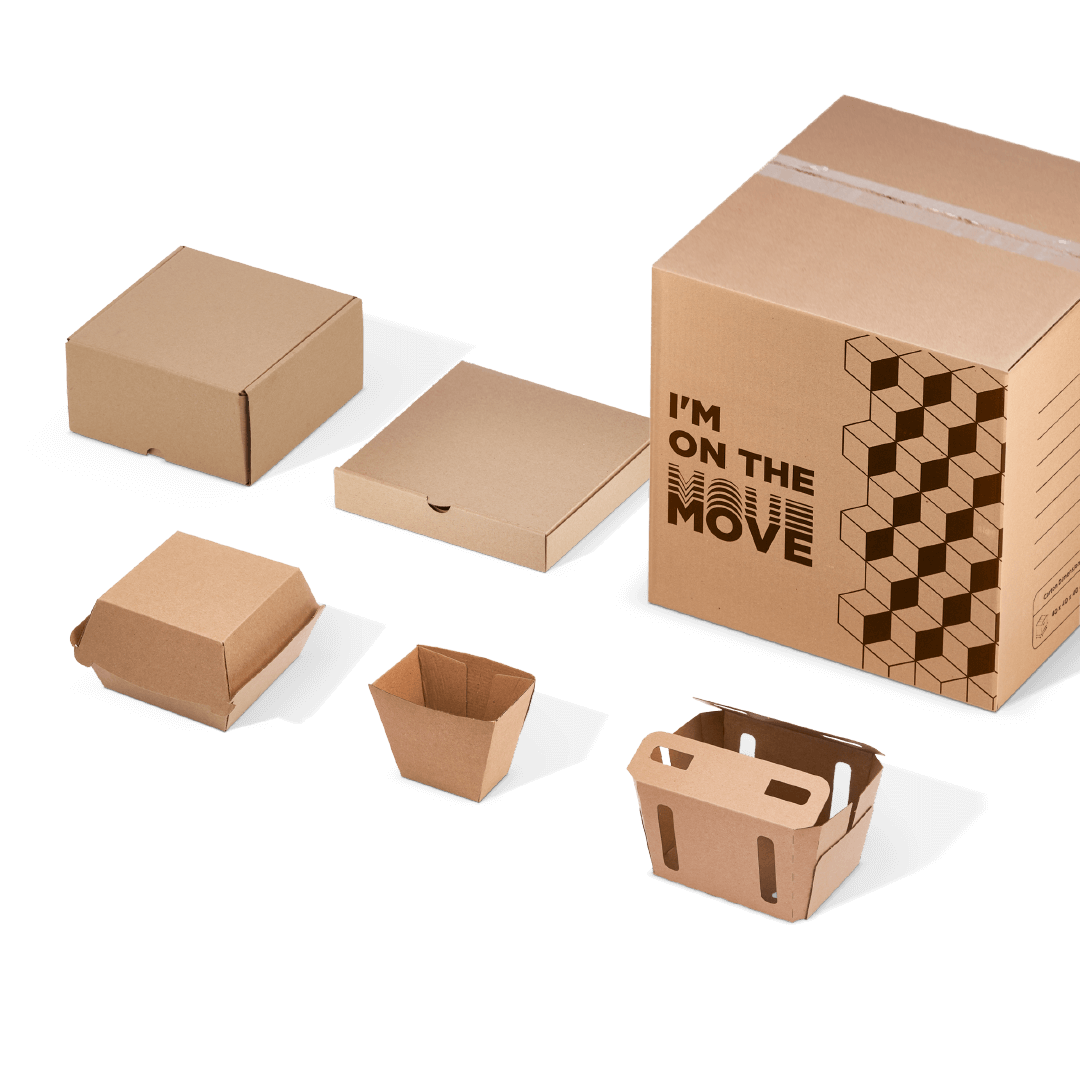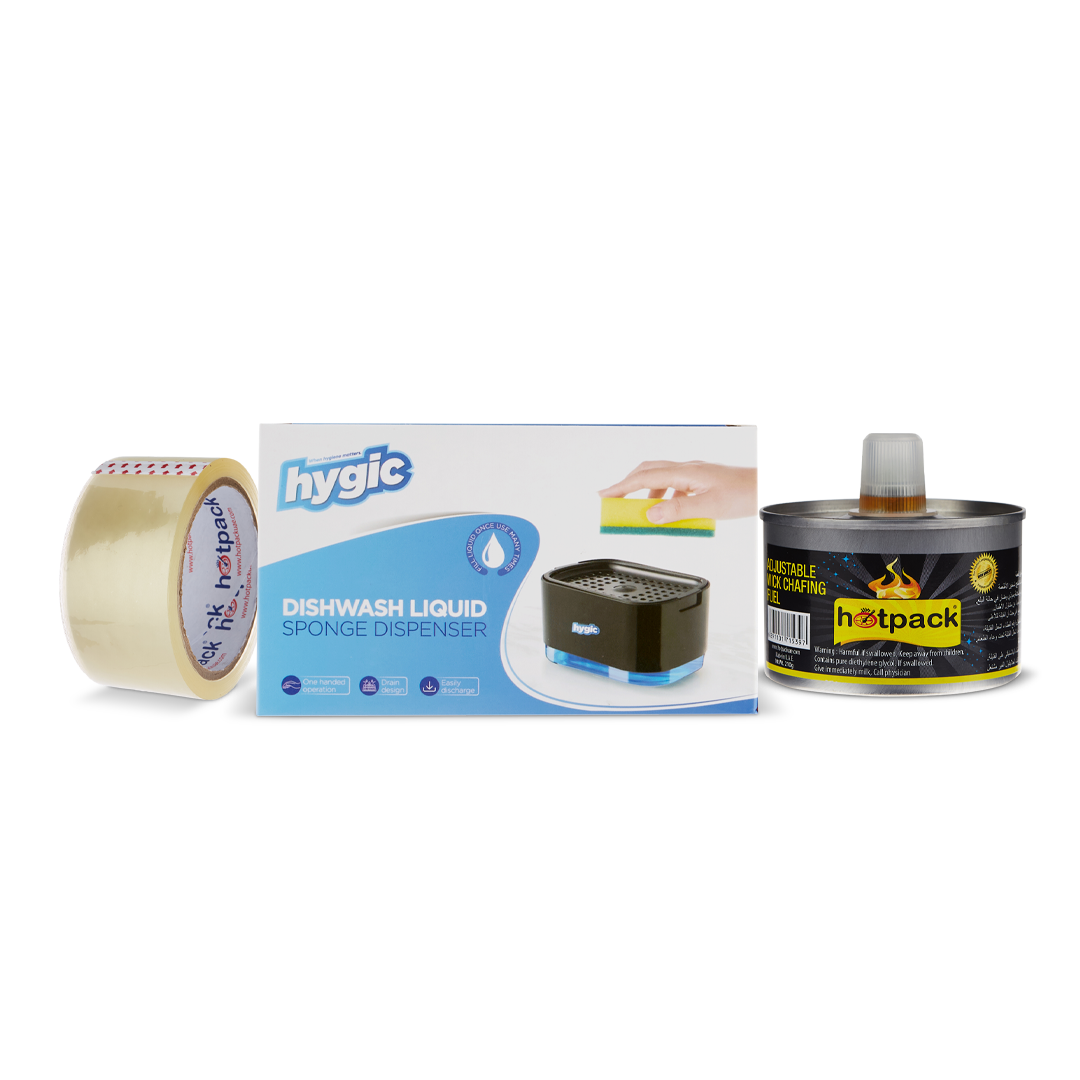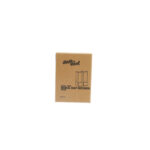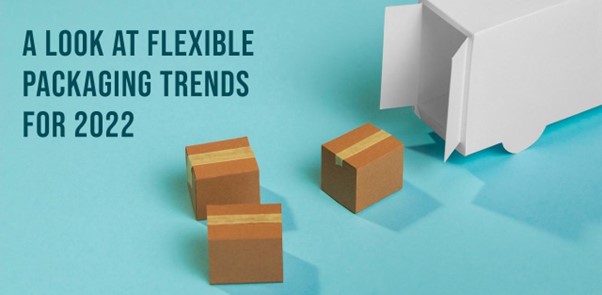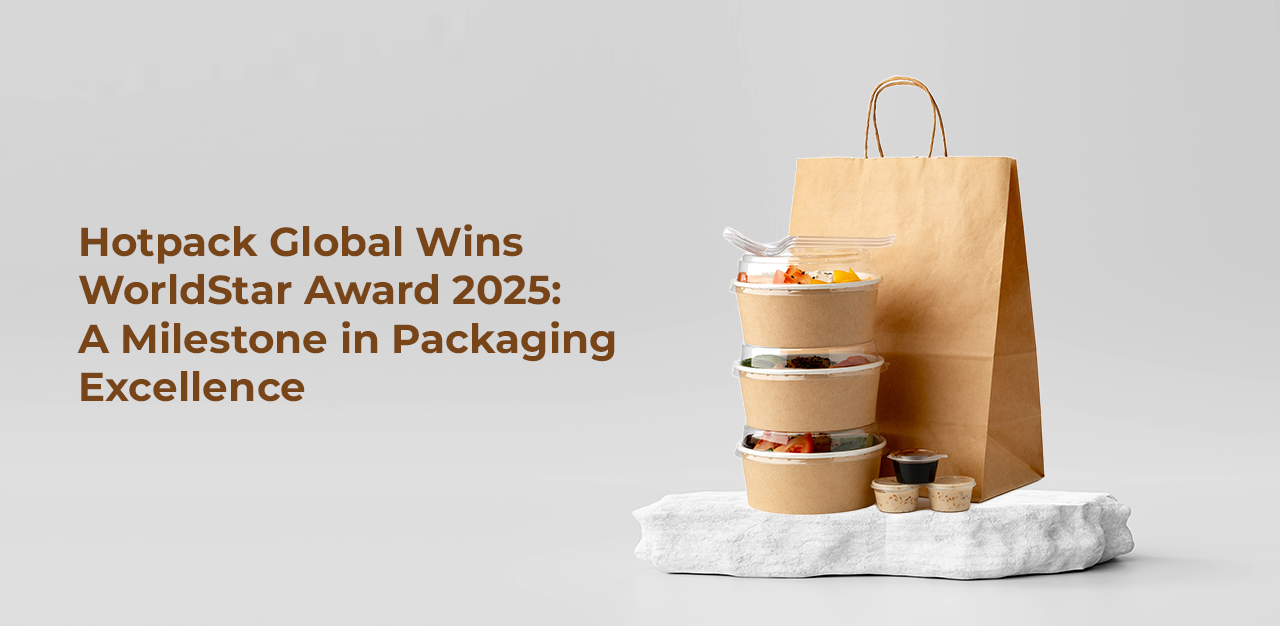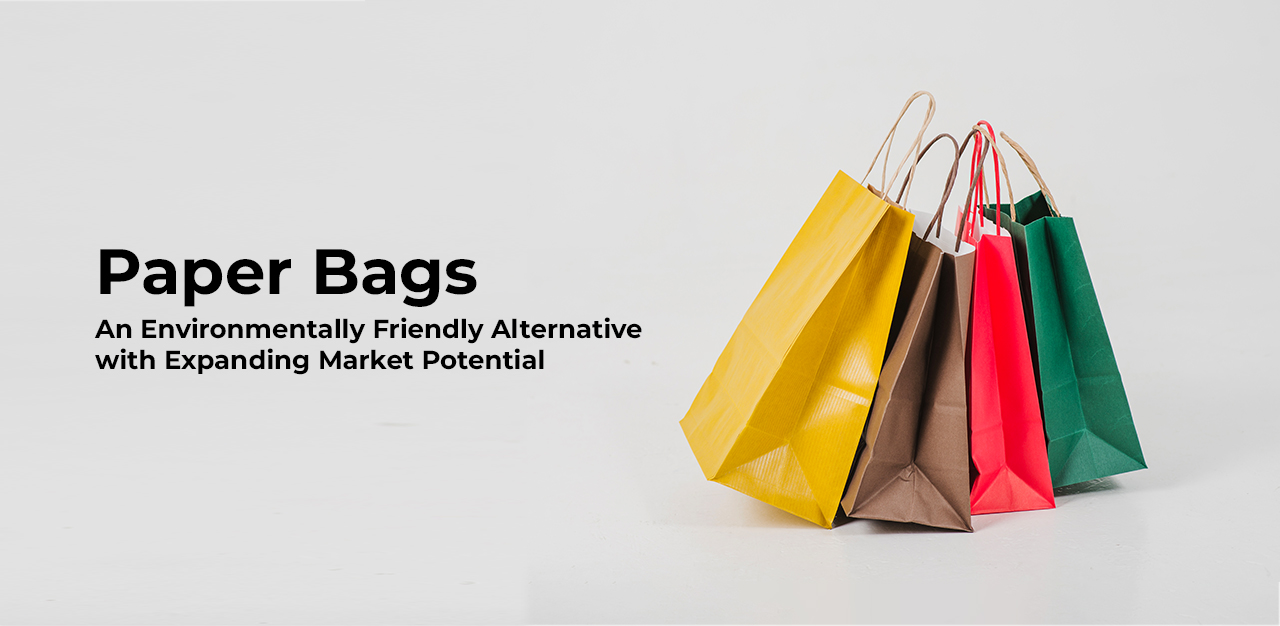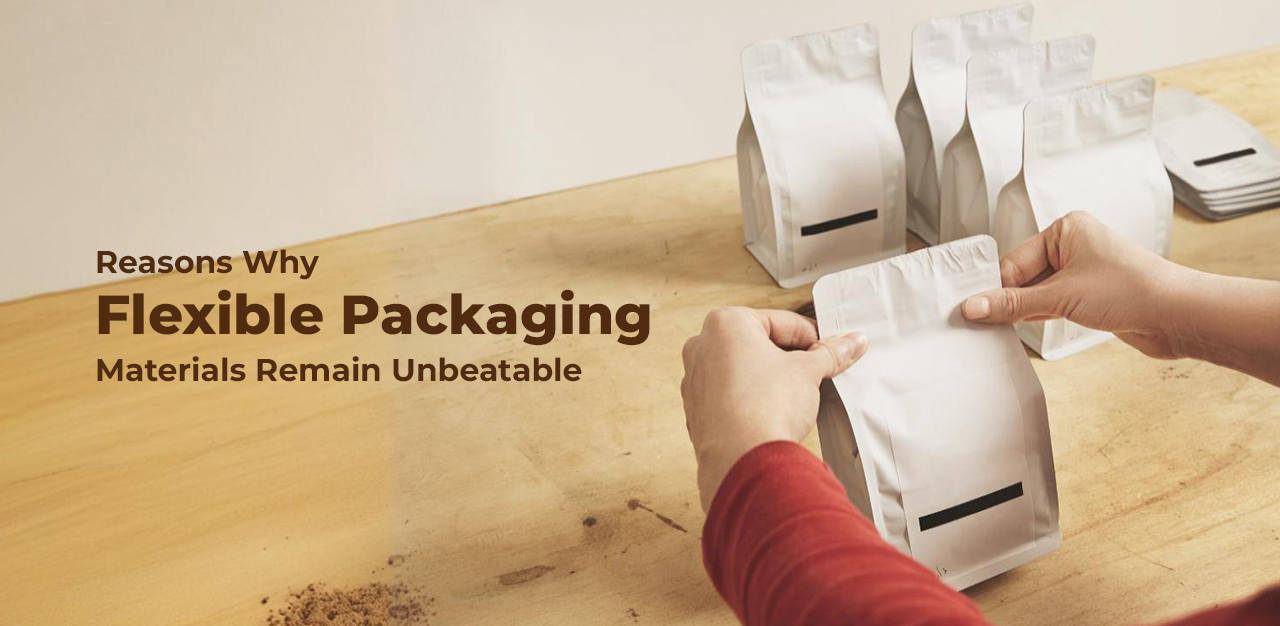Packaging has existed since the dawn of time and has appeared in several shapes (from wooden boxes to glass jars, paper bags, tins, and even aluminum cans). During the age of the industrial revolution, which spanned from 1760 to 1840, production, supply, consumption, and even demand brand-new items all increased. In addition to satisfying the needs of consumers and the global population, this era saw the invention of innovative plastic packaging for preserving food, reducing food contamination, improving lives, and prolonging shelf life.
In terms of packaging advancements in 2022, one example is flexible packaging solutions, which combines the mechanical and physical properties of many layers of different polymers to create a balance between usefulness, environmental concerns, and commercial concerns.
Flexible packaging as a barrier for food and other things is transforming contemporary living. Food producers, suppliers, retailers, brand owners, customers, and recyclers may all experience the consequences of flexible packaging’s altering trends.
Through the digitization of packaging technologies, intelligent packaging and retail have been made possible.
Technological breakthroughs have affected every aspect of contemporary life, including production techniques, packaging kinds, and the most recent plastic packaging innovations. Flexible pouches, such as stand-up pouches, may be created quicker, more efficiently, and with a more secure seal due to technological improvements in flexible packaging.
Forms, designs, and trends in flexible packaging are constantly developing, as are the technologies available for their production. Industry leaders recognize the advantages of intelligent packaging for streamlining inventory management, product monitoring, and sales analysis with little human interaction.
Flexible packaging is a feasible alternative for smart retail, which employs automated processes to record product information (kind, size, and color), track consumers’ purchasing behaviors, and assist merchants in eliminating the need for human input. These skills increase efficiency by aiding grocery stores in making informed purchase decisions, so decreasing excessive overbuying and hoarding of perishable commodities, which may result in spoiling and a stretched storage facility.
For instance, products with barcodes or intelligent labels have a unique digital identity that allows monitoring, improves inventory management, and proposes the removal of perishable goods from shelves. As counterfeit products flood worldwide markets and distribution networks, sophisticated packaging should alert customers to the legitimacy of their purchases.
Using QR codes, smart tags, and RFID labels, brand owners can follow their goods in real-time, learn more about the market, and assess the performance of their food items across a broad variety of categories.
Advertising products and services in a competitive market
In the food packaging industry, markets for packaged fruits and vegetables, snacks, frozen and fresh food, sauce and spice, fish and shellfish, meat and poultry, baby food, and pet food, among others, are growing today. The key drivers moving brand owners in the food packaging sector are fierce competition for consumers’ attention and high-growth industries on local, national, regional, and global stages.
At each stage of the customer journey or product cycle, marketers strive to stimulate customers’ attention by providing innovative features or engagingly redesigning the packaging. Brand owners rely on adaptive packaging designs to identify their goods, tell customers of their USP, profitably engage them, and gain their loyalty.
Packaging formats that combine functionality, performance, and environmental awareness without incurring additional costs or reducing profit are at the core of transparent and sustainable marketing, allowing brand owners to communicate the values of their products and encourage the purchase of environmentally friendly goods and recycling programs. Companies may now build a brand identity, capture clients’ attention, increase sales volume, and gain a competitive edge with the use of flexible packaging, which is available in a variety of beautiful forms and colors.
Changes in consumer lifestyles and shopping practices
Due to rural-urban migration, population growth, and busy work schedules, demand for lightweight, portable, ready-to-eat, and on-the-go food packaging is increasing. In the current market, clients, especially millennials, are impacted by issues such as the usability of the package. For food makers to meet consumer needs for more eco-friendly eating and lifestyle, convenient and portion-controlled packaging formats are needed.
The result is reduced food packaging, which is healthier for the environment and helps consumers avoid spoilage and waste commonly associated with buying excessive quantities of food. To reduce food waste and save money, manufacturers are progressive including resealable components into the designs of flexible packaging. Thanks to microwaveable pouches, consumers may have a rapid breakfast or lunch in the comfort of their own homes or offices.
Ready-to-use vacuum bags are lightweight and designed with zip locks, rip notches, and other ease-of-opening features, making them suitable for children, millennials, and the elderly to repeatedly store, open, and close food items (until the content is eaten). Once again, the development of the online market is replacing conventional retail and transforming flexible packaging. A growth in e-commerce during the current pandemic is directly attributable to customers’ shifting lives, purchasing habits, and expectations.
However, logistical challenges and the risk of damage, puncture, and contamination are exacerbated in e-commerce because of the increased number of touchpoints compared to traditional supply chains. Without adequate packing, perishable items may leak or absorb oxygen during transit, resulting in the delivery of spoilt goods to homes and places of business. Numerous food products may be packed properly in flexible packaging that can be sold in physical or online stores.
Orders from e-commerce are sent in flexible packaging that is resistant to the weather and avoids harm from sharp objects or careless handling. For example, sauce, seasoning, and spice packaging that requires excellent aroma retention might benefit from a flexible pouch’s ability to maintain freshness and prevent spillage. With the development of flexible packaging, individuals of various walks of life and dietary preferences may shop for and transport their meals wherever they want.
Sustainability: Rely on the environment!
False assumptions and disinformation have dominated public discourse and media coverage around plastic packaging and littering. Despite this, attempts to raise public and stakeholder knowledge and appreciation of plastic packaging across the food value chain are influencing public and industry attitudes and perceptions of plastic.
Sustainable packaging, infrastructure for plastic waste collection, sorting, and recycling, and other advancements for a circular economy can all be linked back to the constantly evolving “reduce, reuse, and recycle” business model. The need to reduce packaging’s financial, material, and ecological costs and effects is driving the development of new flexible packaging forms. To optimize, upgrade, and adapt to recycling streams for multi-material constructions, several packaging companies have introduced new package designs, and plastic waste collection systems, and reorganized their operations.
Conclusion:
In conclusion, the tone is altering. All of us in the plastic packaging industry prioritize sustainability in our actions and investments.
In addition, flexible packaging is a popular between flexible packaging suppliers, because of its multilayer barrier materials, which contribute to the reduction of food waste, the reduction of material waste and energy consumption, the fight against climate change, and the provision of a sustainable future. Overall, the development of flexible packaging will progress in tandem with technological advancements and changing economic, ecological, and social needs.

